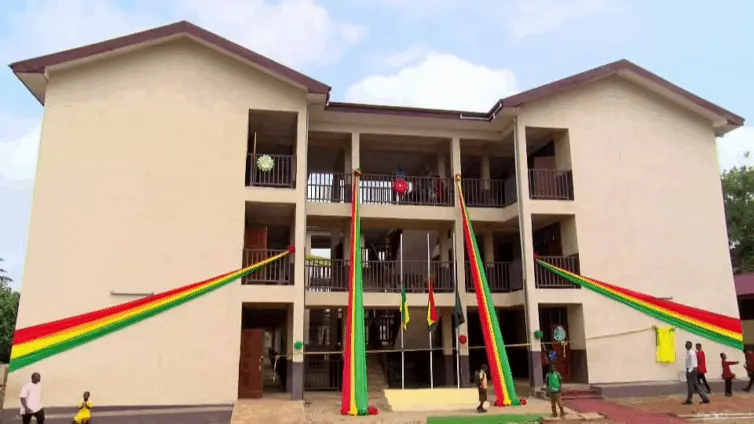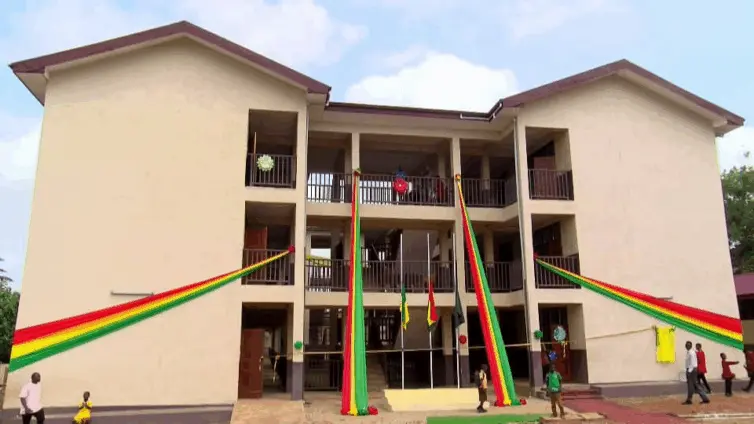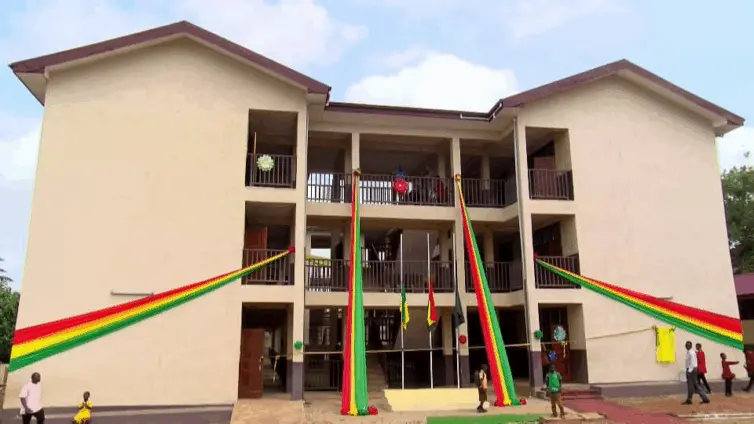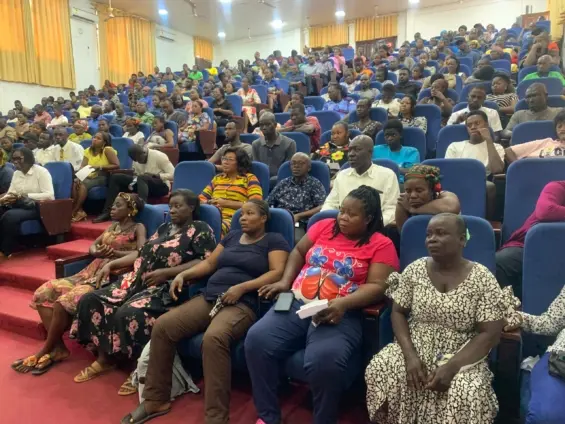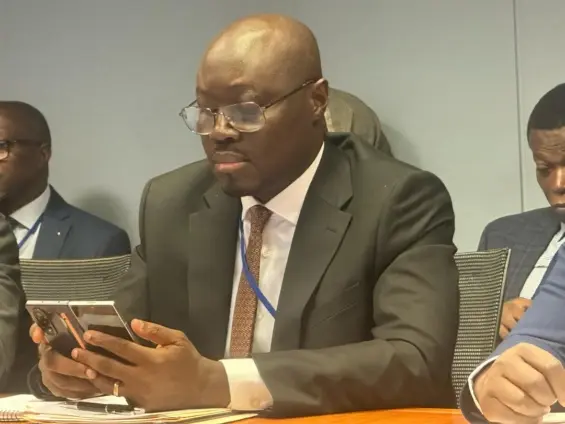In Ghana’s public universities, a silent crisis is brewing, threatening the very foundation of higher education. Shockingly, only 20% of lecturers who departed these institutions between 2022 and 2024 have been replaced, according to recent statements made by Kofi Asare, Executive Director of Africa Education Watch. This alarming statistic underscores a severe UTAG staffing crisis that demands immediate attention.
The University Teachers Association of Ghana (UTAG) has been vocal about the urgent need for government intervention. Kofi Asare, a prominent voice in education advocacy, recently lent his support to UTAG’s concerns, highlighting the critical shortage of lecturers and its potential ramifications. This article delves into the heart of the UTAG staffing crisis, examining its causes, consequences, and potential pathways to resolution.
The Alarming Reality of the UTAG Staffing Crisis
The numbers paint a stark picture. As Kofi Asare revealed on Joy FM’s Newsnight program, the replacement rate for departing lecturers is a mere 20%. This means that for every five lecturers who leave, only one is being replaced. The implications of this shortfall are far-reaching, placing immense strain on existing faculty, leading to overcrowded classrooms, and potentially compromising the quality of education delivered to students.
UTAG has urgently appealed to the government to grant financial clearance for the recruitment of 1,500 new lecturers. The association argues that the current shortage is not only unsustainable but also directly undermines the quality of education and places an unbearable burden on the remaining academic staff. This request for additional staff is aimed at addressing the already existing significant deficit.
The broader impact on public universities is undeniable. Strained resources, challenges in curriculum delivery, and a potential decline in research output are all looming threats. Without adequate staffing, universities struggle to fulfill their core mission of teaching, research, and service to the community. The UTAG staffing crisis is more than just a human resources issue; it’s a threat to the future of higher education in Ghana.
Kofi Asare’s Perspective on the Root Causes
Kofi Asare offers a nuanced perspective on the underlying factors contributing to the UTAG staffing crisis. He points to the unintended consequences of the no-fee stress policy, which aimed to expand access to higher education for Ghanaian students. While commendable in its intent, Asare argues that the policy has led to increased enrollment without a corresponding investment in staffing resources.
“The government needs to address the fundamental issues,” Asare stated in a recent interview. “Increased enrollment without proportional staffing is a recipe for disaster.” This surge in student numbers, coupled with limited resources, has placed immense pressure on universities, exacerbating the existing staffing shortages. The UTAG staffing crisis reflects deeper systemic issues within the higher education sector.
Another key factor, according to Asare, is the over-reliance on Internally Generated Funds (IGF) by universities. Due to the government’s inability to absorb new staff onto the consolidated fund, universities are increasingly forced to rely on IGF to cover operational expenses, including staff salaries. Asare highlighted on Joy FM that in 2023, a staggering 75% of IGF was allocated to staff salaries. Projections for this year indicate a total IGF of GH¢2.7 billion, with GH¢800 million earmarked for salaries.
Asare warns that this trend is unsustainable. Depleting IGF reserves hinders investment in crucial learning resources, facilities, and student support services. In the long term, this can lead to a decline in educational quality, difficulty in attracting and retaining qualified faculty, and the deterioration of university infrastructure. The reliance on IGF, while necessary in the short term, is not a viable long-term solution to the UTAG staffing crisis.
Potential Solutions and the Way Forward
Addressing the UTAG staffing crisis requires a multi-faceted approach. First and foremost, the government must heed UTAG’s call and grant financial clearance for the recruitment of new lecturers. This would provide immediate relief to the overstretched faculty and ensure that universities can maintain a reasonable student-to-teacher ratio. Innovative funding models and strategic budget allocations may be necessary to support this initiative.
Beyond government funding, universities should explore alternative funding sources. Private sector partnerships, alumni donations, and endowment funds are all potential avenues for generating additional revenue. Examining successful funding models from universities in other countries can provide valuable insights and inspiration.
Finally, universities must engage in strategic staffing and resource allocation. This involves a thorough review of staffing needs, the implementation of efficient resource management practices, and a commitment to prioritizing investments that directly enhance the quality of education. By optimizing resource utilization, universities can make the most of available resources and mitigate the impact of the UTAG staffing crisis.
The UTAG staffing crisis represents a significant challenge to the future of higher education in Ghana. Kofi Asare’s insights shed light on the complex interplay of factors contributing to this crisis, from the unintended consequences of well-intentioned policies to the over-reliance on internally generated funds. Addressing this crisis requires a collaborative effort between the government, universities, and all stakeholders to develop sustainable solutions.
The time for action is now. Share this article and join the conversation about the UTAG staffing crisis. To learn more about the work of Africa Education Watch, visit their official page. Only through collective action can we safeguard the future of higher education in Ghana.
Image Source: MYJOYONLINE


